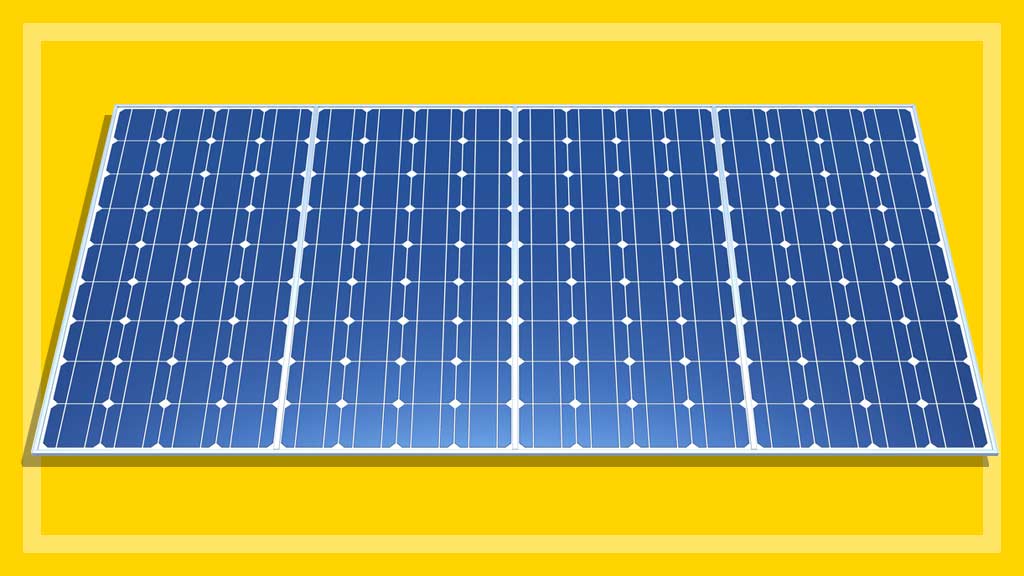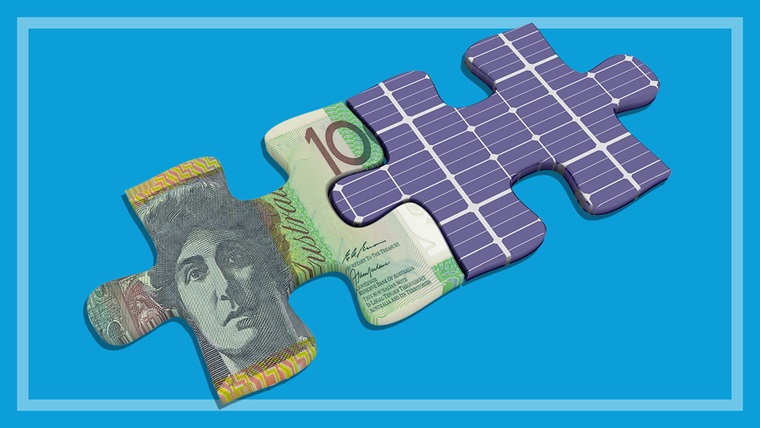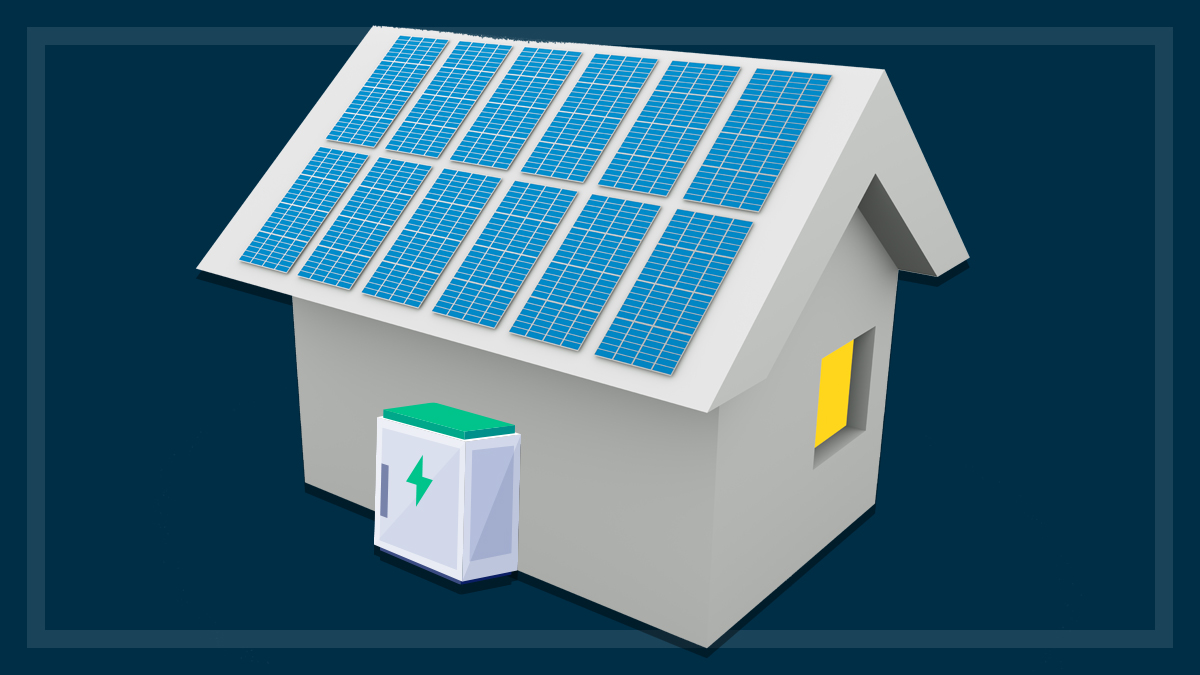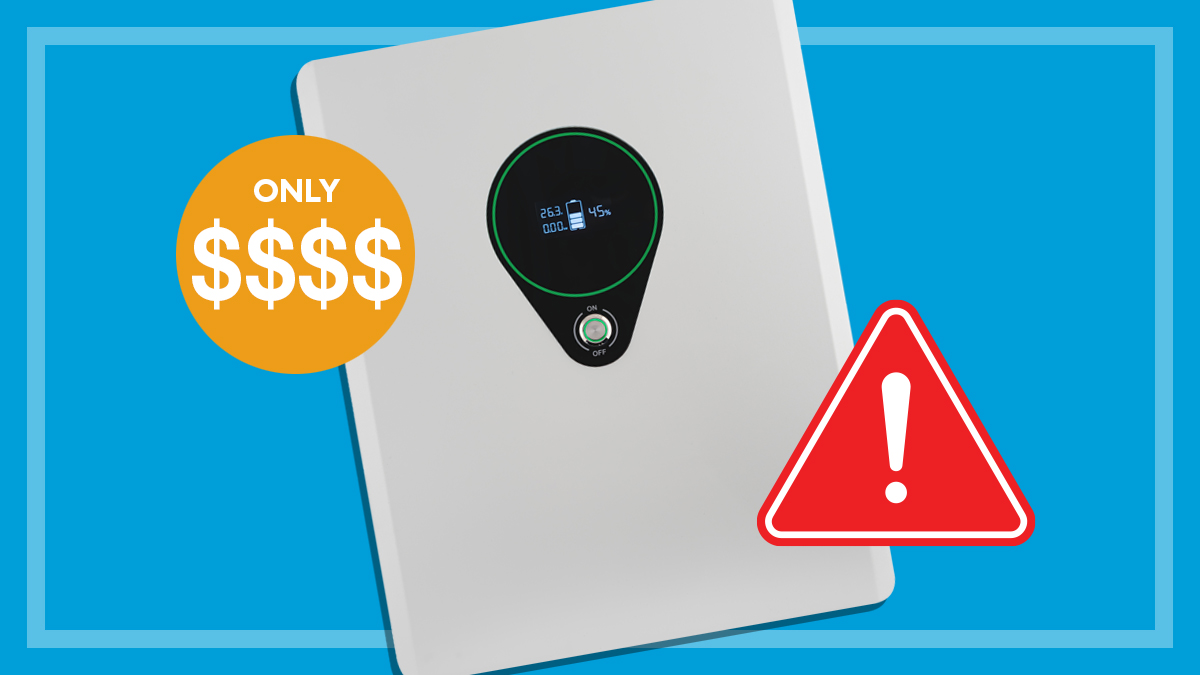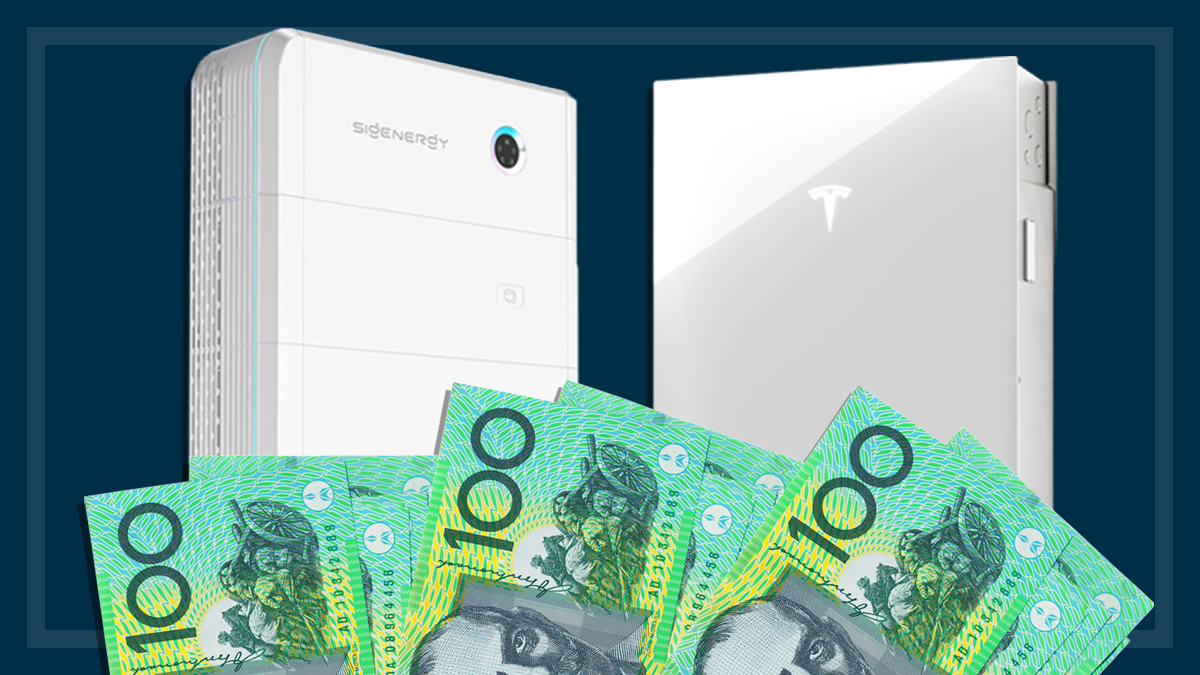Get our independent lab tests, expert reviews and honest advice.
Solar installation: How to find the best installer for panels and batteries
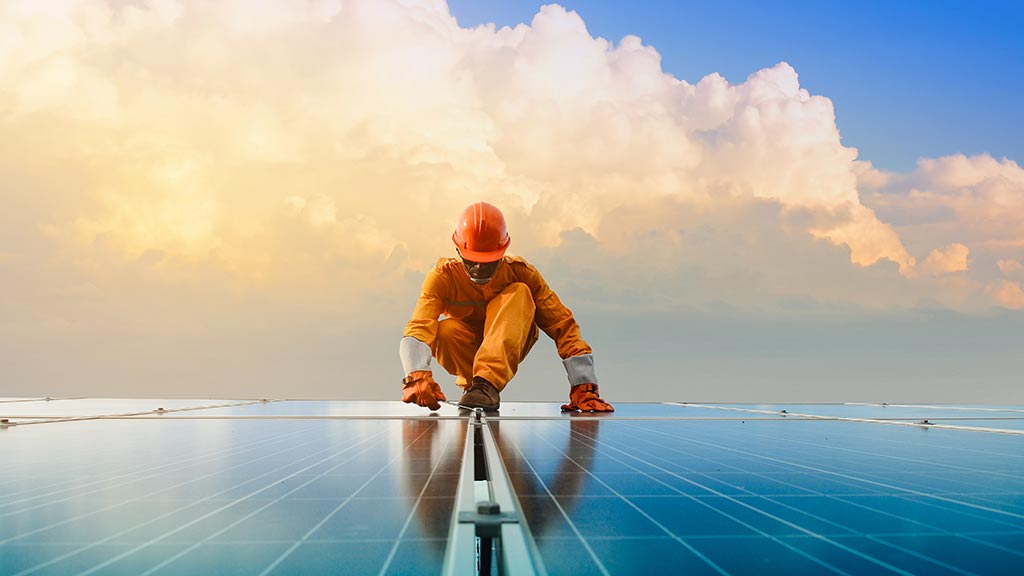
Australia’s residential solar industry is big, and getting bigger. As of December 2024, there were more than four million rooftop solar photovoltaic (PV) systems installed across Australia.
On this page:
- Choosing a solar installer
- Use the CHOICE Solar Estimator
- What to look for in a solar quote
- Beware super cheap deals
- Warranties and cooling off periods
- Your rights under Australian Consumer Law
It’s a notable milestone, but the boom has also seen a rise in complaints about solar companies. In recent years, our CHOICE Help service has reported a surge in members needing help for problems with their solar PV system.
Meanwhile, the Clean Energy Regulator has conducted inspections of residential solar installations that have shown that a small but significant number are underperforming or not configured correctly, and some are actually unsafe.
With the federal government’s new rebate offering big discounts on home batteries, it’s likely both customer demand and complaints about dodgy installers will continue to rise.
Here’s our easy guide to avoiding shady deals (pun intended) and getting a quality system at a fair price.
Note: In the image above, a person is walking on solar panels. This isn’t recommended as it can damage the panels.
Choosing a solar installer
Is the company accredited?
The good news for consumers is that the solar industry has more accreditation than ever to protect consumers and maintain standards. The trick is knowing what accreditation to ask for and where you can check it.
When you’re buying and installing a solar PV array, it’s likely you’ll be dealing with:
- the sales company (it may be a retailer)
- the system designer (who puts the panels, inverters and battery design together)
- the installer (who actually gets on the roof and puts the system in place)
- a qualified electrician, who must sign off on the system and provide a Certificate of Compliance for Electrical Work (CCEW).
In some cases, one person (for example a local electrician who specialises in solar installations) can cover all four roles. It’s also not unusual for larger retailers to secure the sale and contract, and then subcontract out the installation.
New Energy Tech Consumer Code (NETCC)
The ACCC authorised the NETCC program as a way for solar PV, battery storage and other new energy tech businesses to demonstrate commitment to responsible practices, including sales and marketing, the installation itself and warranty support.
The program is intended to improve consumer protection standards in the solar and storage industry.
NETCC Approved Sellers commit to a high standard of quality in:
- advertising and promotion
- marketing and sales
- solar PV systems that are fit for purpose
- quotations and contracts
- payment options
- delivery, installation and activation of the system
- compliance with all relevant laws and standards
- user information
- customer service
- warranty and complaints.
Visit the NETCC website to find approved sellers in your area.
Solar Accreditation Australia (SAA)
Many solar installers have opted to not go for NETCC approval, but they must still be accredited. The accreditation body for solar installers is Solar Accreditation Australia (SAA). On their website, you can search for your installer by name or accreditation number to ensure they are current.
Are the solar components accredited?
The Clean Energy Council (CEC) is the accreditation body for solar panel system components, and is funded by industry.
The CEC also maintains a register of approved panels (modules), inverters and batteries that meet Australian standards. It’s highly unlikely that a reputable installer would be using unapproved components, but if in doubt, you should check that the components for the system quoted are clearly specified by make, size and model, and are CEC-approved.
No accreditation, no rebate
If the components, the designer or the installer are not accredited, you won’t receive the government’s solar panel rebate or the newer home battery rebate.
Use the CHOICE Solar Estimator
CHOICE has partnered with SolarQuotes to create the CHOICE Solar Estimator. It’s free to use, and will help you estimate a suitable solar PV system for your home, including the ability to add solar battery storage.
If you want to, it will also connect you with reputable installers in your local area for high-quality, obligation-free quotes.
Note: While CHOICE makes money if you buy through SolarQuotes, 100% of it goes straight back into our nonprofit mission.
Why we've partnered with SolarQuotes
We've partnered with SolarQuotes to help you find and buy the right solar, battery, heat pump and EV charger. While we make money if you use SolarQuotes to find an installer, this doesn't influence our ratings. 100% of the money we make goes directly back into our nonprofit mission.
Getting quotes and key questions to ask
As with any major investment, you should get a few quotes for your solar PV system and research each company’s history and reputation before signing anything. Here’s what you need to find out:
- Are they NETCC approved or SAA accredited? (see above)
- Have they been in business for several years?
- Does the company have a local office and phone number?
- Can they visit your home to establish your system needs, based on your household energy usage, location, roof condition and aspects, and so on?
- What solar component brands do they stock? It’s worth researching the brands separately.
- Can they refer you to previous customers so that you can ask about their service pre and post installation? Were there any issues with the system or customer service?
- Have they been reviewed on our partner SolarQuotes’ website?
- What do independent online reviews say about the company? Keep in mind, these aren’t always genuine or comprehensive but it’s still worth checking.
- Will the work be done by their own staff, or do they subcontract the installation to other companies or independent contractors? Are those people also accredited solar installers?
- The design of the system, fully specifying all the components and how they’ll be located and installed on your home, plus any related electrical work, should be supplied before you sign any contracts.
.atl-widget-se { margin-top: 35px; background: #275b95; padding: 0; position: relative; } .atl-widget-se .pt-form-section h3.solar-heading { color: #fff; font-family: Nunito Sans; font-style: normal; font-weight: bold; font-size: 38px; line-height: 44px; margin-bottom: 16px; } .atl-widget-se .pt-form-section h3 { color: #fff; font-family: Nunito Sans; font-style: normal; font-weight: bold; font-size: 19px; line-height: 31px; margin-bottom: 16px; margin-top: 12px; } .atl-widget-se .pt-form-section { padding: 80px 30px 30px 30px; display: flex; flex-direction: column; justify-content: center; } .atl-widget-se form { display: flex; justify-content: space-between; } .atl-widget-se form .pt-form-control { background: #ffffff; padding-left: 5px !important; } .atl-widget-se form label { display: none; } .atl-widget-se form .input-select { background-image: url(https://choice-solar.azureedge.net/assets/images/image-gallery-chevron.png); background-repeat: no-repeat; background-position-x: 95.5%; background-position-y: 14px; } .atl-widget-se form .pt-form-control::placeholder { color: #000; opacity: 1; } .atl-widget-se form .pt-form-control:-ms-input-placeholder { color: #000; } .atl-widget-se form .pt-form-control::-ms-input-placeholder { color: #000; } .atl-widget-se form .post-code { width: 45%; } .atl-widget-se form .number-of-people { width: 50%; } .atl-widget-se .pt-hero-img { position: relative; } .atl-widget-se .sq-hero { position: absolute; width: 145px; height: 155px; right: -10px; top: -40px; background: url(https://choice-solar.azureedge.net/assets/images/hero_img.png) no-repeat 0 0; background-size: contain; } .atl-widget-se .pt-submit-group { display: flex; justify-content: flex-end; } .atl-widget-se .promo__button { width: 240px; background: #FAAB18; color: #000; } .atl-widget-se .promo__button:hover, .atl-widget-se .promo__button:focus { color: #fff; } .atl-widget-se .pt-submit-group .alt-widget-se-footer { display: flex; color: #ffffff; justify-content: center; align-items: center; } .atl-widget-se .sq-logo { margin-right: 1rem; } .atl-widget-se .pt-submit-wrapper { text-align: center; } @media screen and (max-width: 812px) { .atl-widget-se .pt-form-section h3.solar-heading { font-size: 22px; line-height: 22px; } } @media screen and (max-width: 476px) { .atl-widget-se { flex-direction: column; text-align: center; margin-top: 40px; } .atl-widget-se .pt-form-section h3.solar-heading { font-size: 32px; line-height: 40px; } .atl-widget-se h3 { font-size: 19px !important; line-height: 31px !important; } .atl-widget-se .pt-submit-group { flex-direction: column-reverse; } .atl-widget-se .pt-submit-wrapper, .atl-widget-se .alt-widget-se-footer { margin-bottom: 1rem; } .atl-widget-se .pt-submit-btn { width: 265px; height: 50px; line-height: 45px; } .atl-widget-se form { flex-direction: column; } .atl-widget-se form .post-code { width: 100%; } .atl-widget-se form .number-of-people { width: 100%; } .atl-widget-se .pt-form-section { padding: 120px 10px 10px 10px; } .atl-widget-se .pt-hero-img { } .atl-widget-se .sq-hero { left: 50%; transform: translateX(-50%); top: -40px; } .atl-widget-se .sq-logo { margin-right: 0; } }
Red flags to watch out for
Avoid companies that:
- Use aggressive sales techniques such as going door-to-door or asking you to sign on the spot
- Spruik offers saying ‘limited time only’ or ‘act now before government rebates end’ (they aren’t ending any time soon!)
- Quote with a one-size-fits-all system.
- Offer systems well under the usual market rate – you’ll end up with a poor quality system.
- Make exaggerated claims such as ‘no more energy bills’ or unrealistic investment payback times.
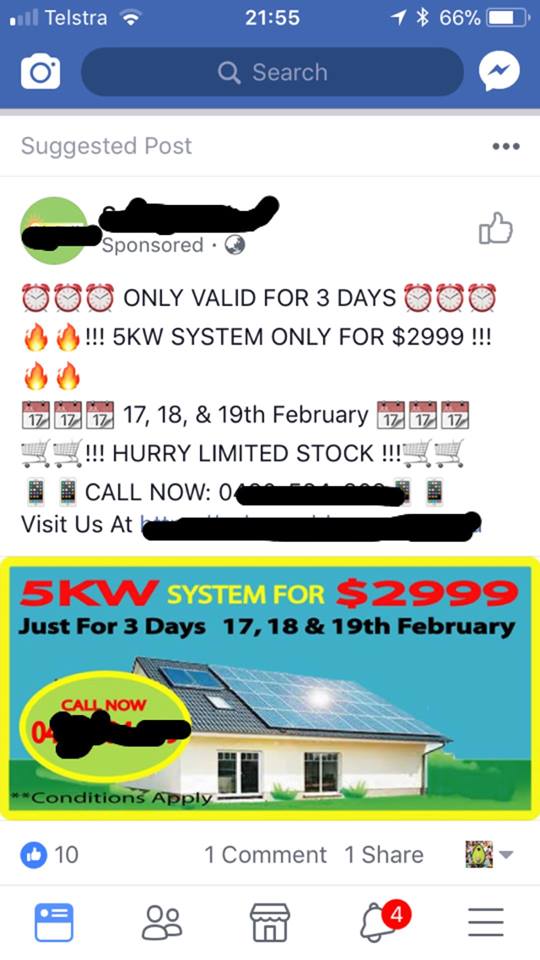
What to look for in a solar quote
- Don’t accept a hand-written quote or receipt.
- All labour and parts should be itemised with prices, including GST.
- Components (solar panels, inverter, battery etc.) should be specified by quantity, brand and model number.
- The quote should be clear about any agreed substitutions for components. E.g. if the agreed panels aren’t available at time of installation, any replacements should be of similar specification and price. Beware of last minute downgrading of components, or upselling to more expensive ones.
- STCs and other rebates and incentives should be included in the quote.
- The installer should be named on the quote. Are they a sub-contractor or in-house? The latter is preferred.
- An estimate of the system’s performance should be included with the system design.
- Look for the product warranty for the inverter and panels, and an installation warranty (see below), as well as the standard 25-year performance warranty on the panels.
- Look for details of post sales service and a maintenance schedule. Who should you call?
- An estimated timetable for supplying and installing the system.
- Business terms such as payment method, deposits and timetables and how long the quote will be valid for.
- Make sure to ask the installer whether there will be any other work required, particularly an upgrade of the house’s switchboard or meter. Older houses especially might need this work done in order to get solar installed.
- If you have a tile roof, the installer may ask you to have spare tiles on hand, as some may be broken during the installation.
- Additional costs: A site visit when planning the system should mean that the installer isn’t caught unawares by additional work, such as needing to replace your electricity meter. All the same, the quote must make it clear that additional costs which arise at or after installation will not be borne by them.
Beware super cheap deals
Finn Peacock, founder of solar company SolarQuotes, says that choosing solar systems on price alone is a recipe for disaster.
“The solar business is a challenging one, and margins usually don’t allow for deep discounts. We recommend calling around for a few quotes to establish a base cost for battery storage and installation.”
Some of the problems with cheap quotes that he’s seen include:
- Baiting the customer with good quality components and then swapping them for cheaper ones, while covered by terms and conditions of sale that reserve the right for the supplier to swap out for ‘equivalents’.
- Baiting with a low price based on cheap components and then upselling to more expensive ones, or simply adding lots of surcharges.
- Cutting corners with rushed installations or unqualified staff, resulting in unsafe installations.
Our solar panel buying guide explains current prices and points to consider when buying a solar panel system.
What does ‘Tier 1’ mean?
Australian solar retailers will often talk about ‘tier one’ ranking for solar panels, but tier rankings are designed for commercial solar investors rather the buying public and are not usually publicly available.
The tier ranking comes from Bloomberg New Energy Finance industry research and ranks the company on how big it is, how many solar farm projects its panels have been used in and how many financial institutions have invested in these panels.
While it’s reassuring that a solar panel has qualified for ‘tier one’ status, it’s not a guarantee that it’s a premium product.
You can ask the solar retailer to produce a certificate or other independent verification to prove they really are ‘tier one’.
Warranties and cooling off periods
Installation (workmanship) warranties
These should cover parts and labour for the installation work of the system (cabling, connections and so on), and preferably all the components (panels, inverter, racks etc) for at least five years.
It should also cover any issues that arise from the installation, such as a leaking roof. Check carefully as to what your installer’s warranty actually covers.
Performance warranties
For solar panels, these generally last for 25 years and guarantee that solar panels will produce a minimum percentage of their rated capacity, which slowly reduces as the panels degrade over time.
Product warranties
These cover physical and electrical problems in the components that either cause it to fail or under perform. Examples include moisture ingress, breakage of panel glass, frame or back-sheet, and electrical failures.
Each component will come with its own individual warranty. Home batteries and inverters typically have 10-year warranties, while 25 years is very common for solar panels these days.
It’s fair to wonder whether the manufacturer would even still be around in 25 years or more, but at least these longer warranties are an indication of confidence in the product.
Some warranties cover the removal of the PV panel as well as the replacement, while others provide the replacement modules but not the reinstallation.
Some warranties cover the removal of the PV panel as well as the replacement
However, note that replacement of solar panels under the product warranty is pretty rare, partly because panels are generally reliable, but also because it can be hard for a consumer to prove that panel failure after several years is due to a manufacturing fault.
See our solar panel buying guide for more information.
If you have a warranty claim, it should go to the retailer or installer in the first instance. If they are not contactable, then contact the manufacturer’s Australian office.
If it is a problem with the component and not installation, you should contact the manufacturer as they have responsibilities under Australian Consumer Law (see below).
Cooling-off periods
When you sign a contract that has arisen from an unsolicited sale, a 10-day cooling-off period applies in which you can exit the deal.
Some suppliers may offer a 10-day cooling-off period in their terms, regardless of whether it was an unsolicited sale or not. Be sure to check.
Your rights under Australian Consumer Law
The Australian Consumer Law (ACL) offers protection for you if there are any problems with your solar PV system, whether that’s with the service provided by the installer, or the components of the system.
Service
The provision and installation of the solar PV system is a service by the solar company, and as such, according to the ACL it must:
- Be performed with proper care and skill
- Be fit for a particular purpose or achieve the result you expected
- Be delivered within a reasonable time, or by the end date in a contract.
If you have a complaint about the service provided, see our guide to resolving issues with bad service under the ACL.
Products
The components of the system (including the panels, panel support racks, inverter, and electrical components) are covered by the ACL, just like any other product or appliance that you buy. Under the ACL, the components must be:
- of acceptable quality
- fit for purpose.
If the product fails to meet either of these conditions, you should be able to claim a repair, refund or replacement, depending on the nature of the problem.
See our guide to your rights with a faulty product for more advice on how to use the ACL to address any complaints with the installer or manufacturer.

